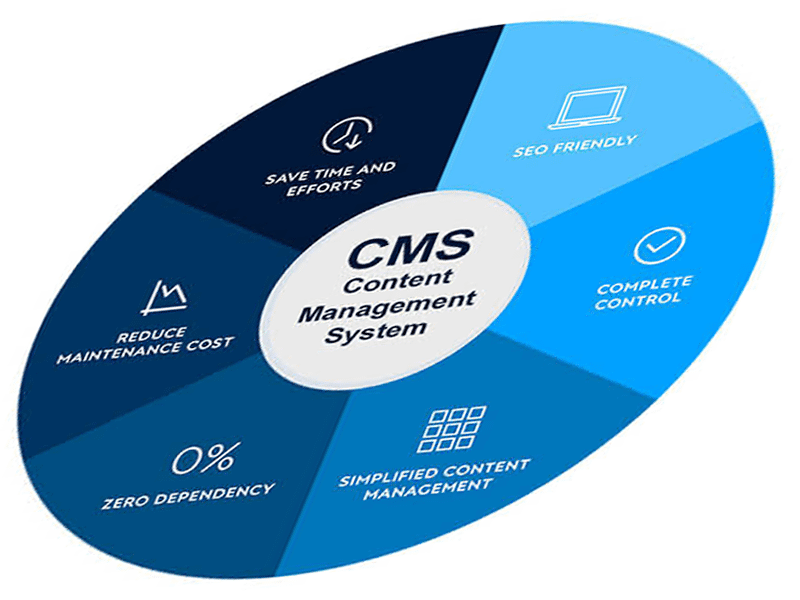What constitutes a high performing website?

High performance for a website involves several key factors that collectively ensure fast loading times, smooth user experiences, and efficient resource usage.
Here are the primary components that constitute high performance:
1. Page Load Speed
- Time to First Byte (TTFB): The time it takes for a user’s browser to receive the first byte of data from your server. A TTFB under 200 milliseconds is generally considered good
- Full Page Load Time: The time it takes for the entire page to load completely. Ideally, this should be under 3 seconds
2. Core Web Vitals
- Largest Contentful Paint (LCP): Measures loading performance. LCP should occur within 2.5 seconds of when the page first starts loading
- First Input Delay (FID): Measures interactivity. FID should be less than 100 milliseconds
- Cumulative Layout Shift (CLS): Measures visual stability. CLS should be less than 0.1
3. Mobile Performance
- Responsive Design: Ensures that your website adapts to various screen sizes and devices
- Mobile Load Time: Optimised performance for mobile devices, often through techniques like image compression and minimising the use of large JavaScript files
4. Efficient Coding and Resource Management
- Minification: Reducing the size of HTML, CSS, and JavaScript files by removing unnecessary characters
- Asynchronous Loading: Loading resources asynchronously to prevent render-blocking and ensure faster initial page loads
- Caching: Utilising browser and server-side caching to store frequently accessed resources
5. Optimised Media
- Image Compression: Reducing image file sizes without compromising quality
- Proper Image Formats: Using modern image formats like WebP for better compression and quality
- Lazy Loading: Loading images and media only when they are about to enter the viewport
6. Server and Hosting
- Content Delivery Network (CDN): Distributing content across various geographical locations to ensure fast delivery
- Efficient Hosting: Using reliable and high-performance hosting services that can handle traffic spikes and provide fast server response times
- HTTP/2: Utilising the latest HTTP protocols for faster and more efficient communication between the browser and server
7. Security
- HTTPS: Ensuring the website uses HTTPS to encrypt data, which also improves SEO rankings
- Regular Updates: Keeping the website's software, plugins, and themes updated to protect against vulnerabilities
8. User Experience (UX)
- Fast Interaction: Ensuring that users can interact with the website without delays
- Smooth Navigation: Providing intuitive and quick navigation to help users find what they need effortlessly
- Accessibility: Making sure the website is accessible to all users, including those with disabilities
9. Minimal Downtime
- Reliability: Ensuring the website is available and functioning correctly at all times
- Monitoring: Using tools to monitor website uptime and performance, allowing for quick response to any issues
Website performance resources
We use a variety of online resources in building high performing websites, here’s a few that will help you measure and improve your own website performance.
- CreativeCMS - a performance focused Content Management System
- PageSpeed Insights - by Google designed to help optimise website performance
- Sitebulb - website crawler software for managing SEO technical audits
- WebPageTest - test, analyse, and improve your website performance
- GTMetrix - a free tool to test and monitor your page's performance
- TinyPng - free image compression tool to reduce file size
- Pingdom - monitor the uptime of websites, servers, and online service
- MX Toolbox - returns all DNS records found for your domain
Conclusion
High performance in a website is achieved by optimising various technical aspects, from server response times and resource management to user experience and security. Regular testing, monitoring, and updates are essential to maintain high performance and provide users with a seamless and efficient browsing experience.
If your website performance is hindering you from generating tangible results, request a FREE website performance audit and we’ll provide you with actionable insights.
Related

Why is it important to have a high performing website?
Having a high-performing website is crucial for several reasons, particularly in today's digital age where online presence directly impacts a business's success

Does my website need a CMS to succeed?
If you’re anticipating your website to contribute to the growth of your business, then yes, absolutely!
